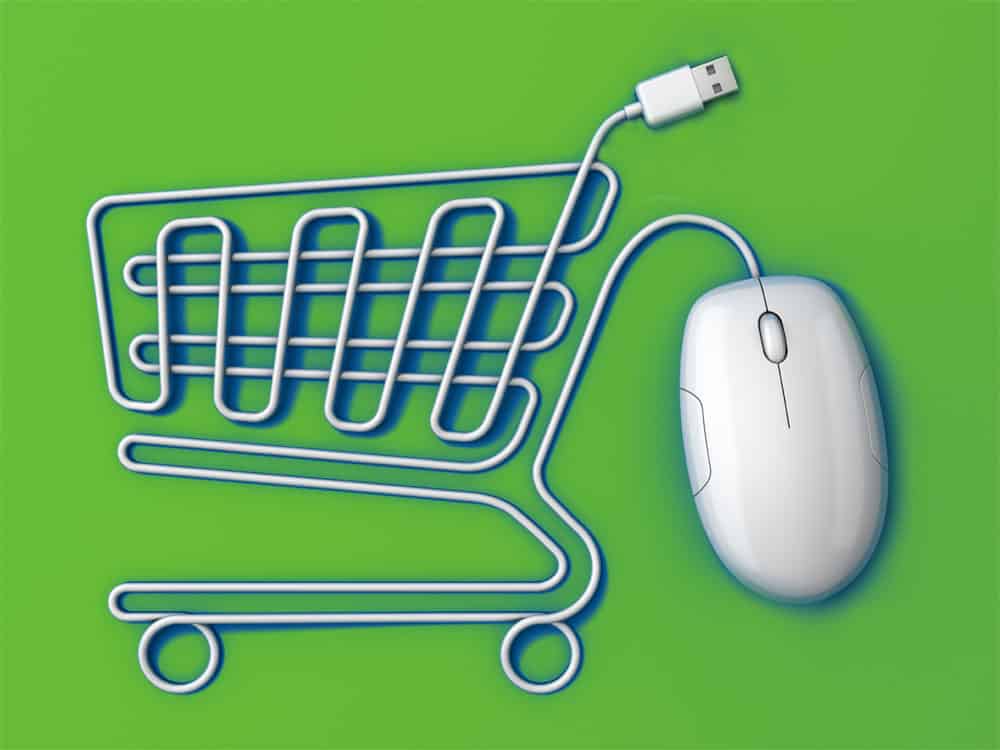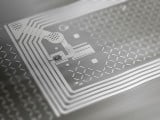Retail insiders are buzzing about the latest innovations in technology on display at the NRF’s BIG Show in New York last month, writes Gavin Peacock.
The retail technology landscape has evolved dramatically over recent years due to the emergence of new ways to shop; e-commerce, mobile commerce, ‘click and collect’. Brand loyalty is harder to achieve and if retailers don’t utilise the technology out there to help them engage with customers across the multiple channels they use to shop nowadays, they are at grave risk of being left behind.
This year at the National Retail Federation (NRF) BIG Show – the annual international meeting of retail minds – it was clear that recent ‘emerging’ technologies are no longer buzz words and concepts – they are now being widely adopted, driven by a necessity for multi-channel trading. Once reserved for tier 1 retailers, these technologies are now becoming more affordable, enabling mid-sized retailers to take advantage of solutions that were once out of reach. Here are some of the things that dominated the BIG Show this year.
RFID
Radio frequency identification (RFID) is a technology that has struggled to achieve widespread adoption in retail, largely because of cost. However, it is now promising a better return on investment, particularly for fashion, footwear and other high volume retailers. This is thanks to applications that integrate supply chain data with stock management and customer service.
RFID labeling can be applied at the point of manufacture and integrated into the garment/product. With handheld devices, stock can be scanned without having to come off the shelf or racks in storerooms – this considerably speeds up the stock checking process.
Stock data from RFID gives shop floor staff immediate information about availability and deliveries, allowing them serve customers better and ensure no sales are lost due to unavailability of an item. Accurate stock knowledge is key to successful trading across multiple channels. There’s nothing more frustrating for a customer than being told online that the item they want is in a particular store, only to find that this is not the case when they visit that store. The disgruntled customer is more than just one lost sale – a negative experience like this could result in the loss of a customer for life.
The RFID tags are now relatively inexpensive and retail technology companies are realising the opportunities in the market. To this end, they have devised end-to-end, out-of-the-box RFID solutions which are affordable and don’t need huge implementation strategies. This makes it a viable and attractive option for smaller to medium sized retailers.
The wealth of data that RFID returns is shaping future retailing strategies and transforming customer interactions. Spain-based retail chain Zara is tracking inventory from factory to point of sale with a microprocessor-based tagging system. Using this system, Zara hopes to speed its supply chain, improve customer service, and increase security.
Internet of Things
The BIG Show’s exposition hall always has a futuristic element with digital avatars, mood sensing mirrors and robotic sales assistants. It would be easy for the Internet of Things to be dismissed as a fad but the difference between this and other glimmering technologies is the fact that it addresses real problems facing retailers.
One of the biggest problems that Internet of Things (IoT) can help with is the following: while retailers can track consumers in the digital world and track stock with RFID, when in-store (where most customers end their journey no matter how it started) customers are anonymous. The most powerful advertising is face to face and in-store. Customer tracking in-store, and thereby linking people to products and places, is only achievable with the right technology.
It was clear at the NRF event that retailers and technology companies are addressing the opportunity with new solutions to bring the store into the digital world.
Clothing brand BCBG, which is 25 years old, is ensuring its global customers have a great online experience, while also introducing digital in-store technologies for high-street customers. Floor staff armed with iPad minis allow customers to browse their catalogue online and even order and pay there. In doing so, they capture customer information, which is used to personalise their next interaction with the brand, whether online or in-store. All of which further enhances customer engagement with the brand.
Experts say shoppers expect to have a good in-store experience with state-of-the-art technology to complement the other channels they shop through.
Retail analytics
Rather than just reacting to demand, retailers need to predict it in order to stay ahead of their competition and satisfy a consumer base that has become more fickle and less loyal. With the increase in customer touch-points retailers are able to learn a lot more about their customer and capture more personal information. But to make sense of all this ‘Big Data’ retailers need to have powerful, robust data analytic tools available to them.
This way they can leverage the intelligence to make smart business decisions, accurately predict trends, ensure stock availability and satisfy customer expectations.
The long and short of retail IT
This year’s BIG Show demonstrated that retailers are racing to catch up with consumer expectations. The internet, smart phones and digital targeting has enabled new ways of shopping (click and collect), heightened expectations (consistent, personalized service across all channels) and ultimately changed the retail model. Only those retailers that climb the curve will reach the top.
With the CSO reporting that Ireland’s retail sales rose at a stable rate at the end of last year and have been slowly on the rise since 2013, Ireland’s retailers need to take note of what’s happening in retail around the globe or they could lose trade to international brands easily accessible online.
The good news for Ireland’s retailers is that specialised retail technology companies are creating solutions that address all these issues simply and affordably, meaning it’s not just the big guns of retail that are moving with the tide.
Watch out for the new wave of medium and smaller sized retailers that rapidly catch up on bigger competition.
 Gavin Peacock is CEO of TRC Solutions, an Irish firm that specialises in retail technology.
Gavin Peacock is CEO of TRC Solutions, an Irish firm that specialises in retail technology.
TRC are SAP partners delivering the leading ERP- SAP Business One to Retail and SME.
Find out more here: www.trcsolutions.eu






